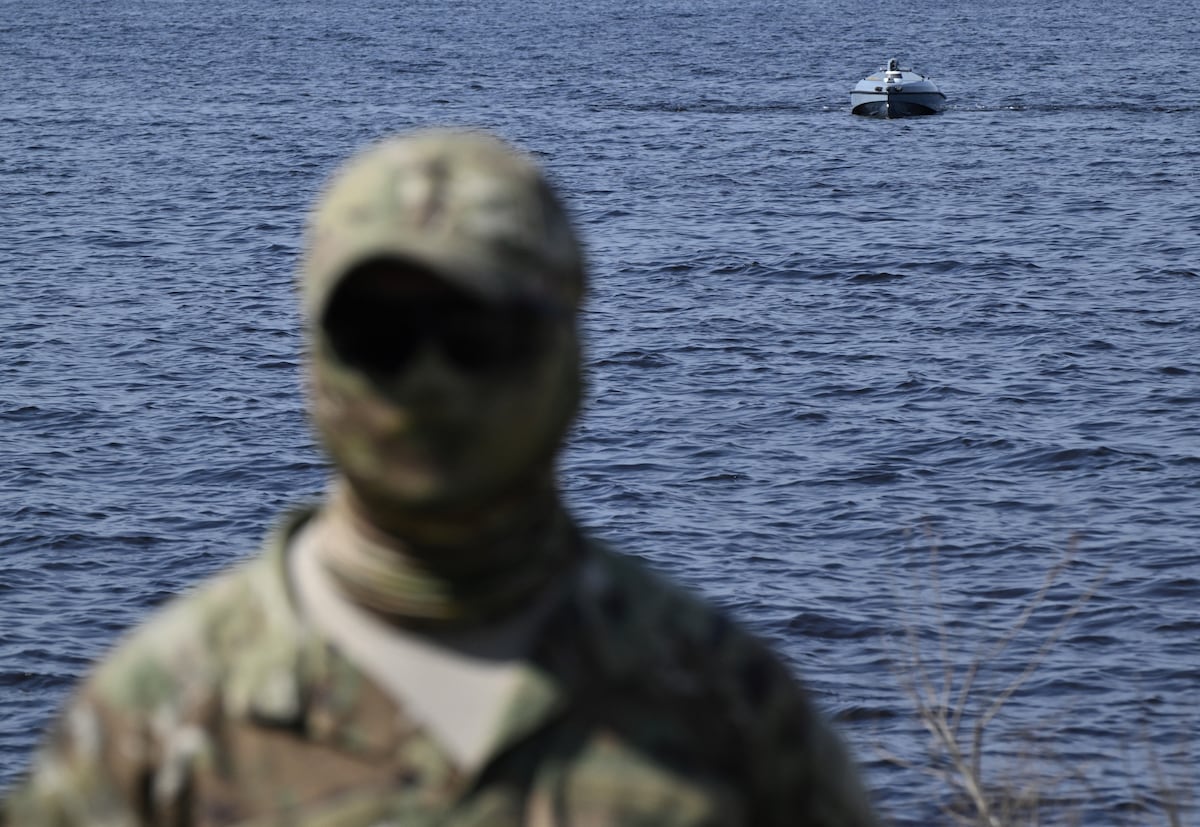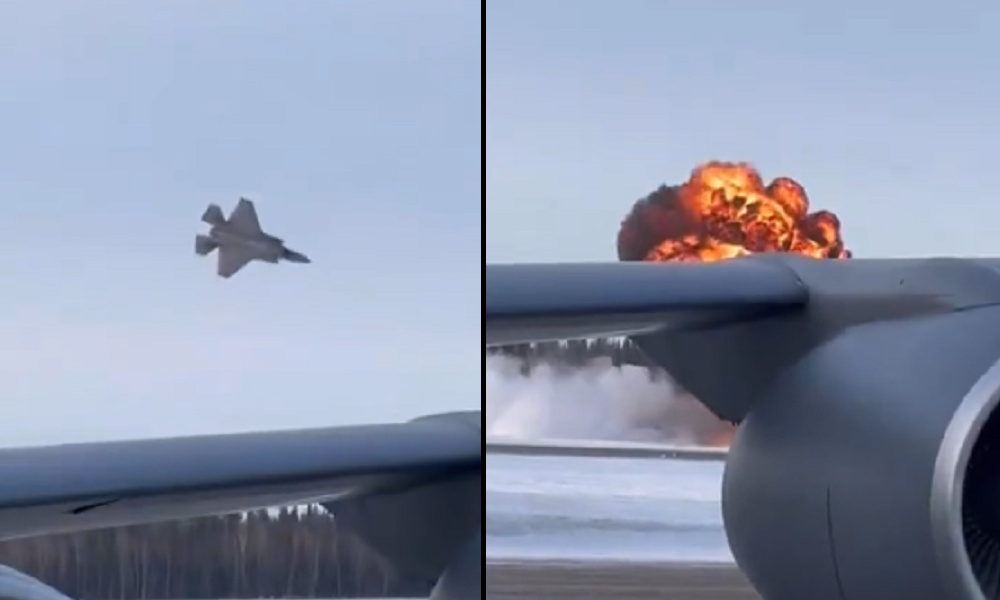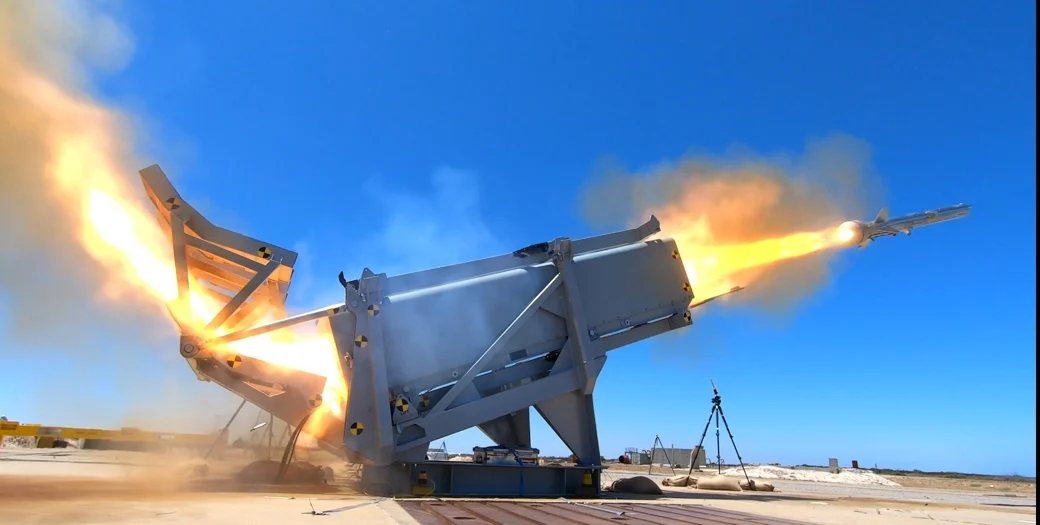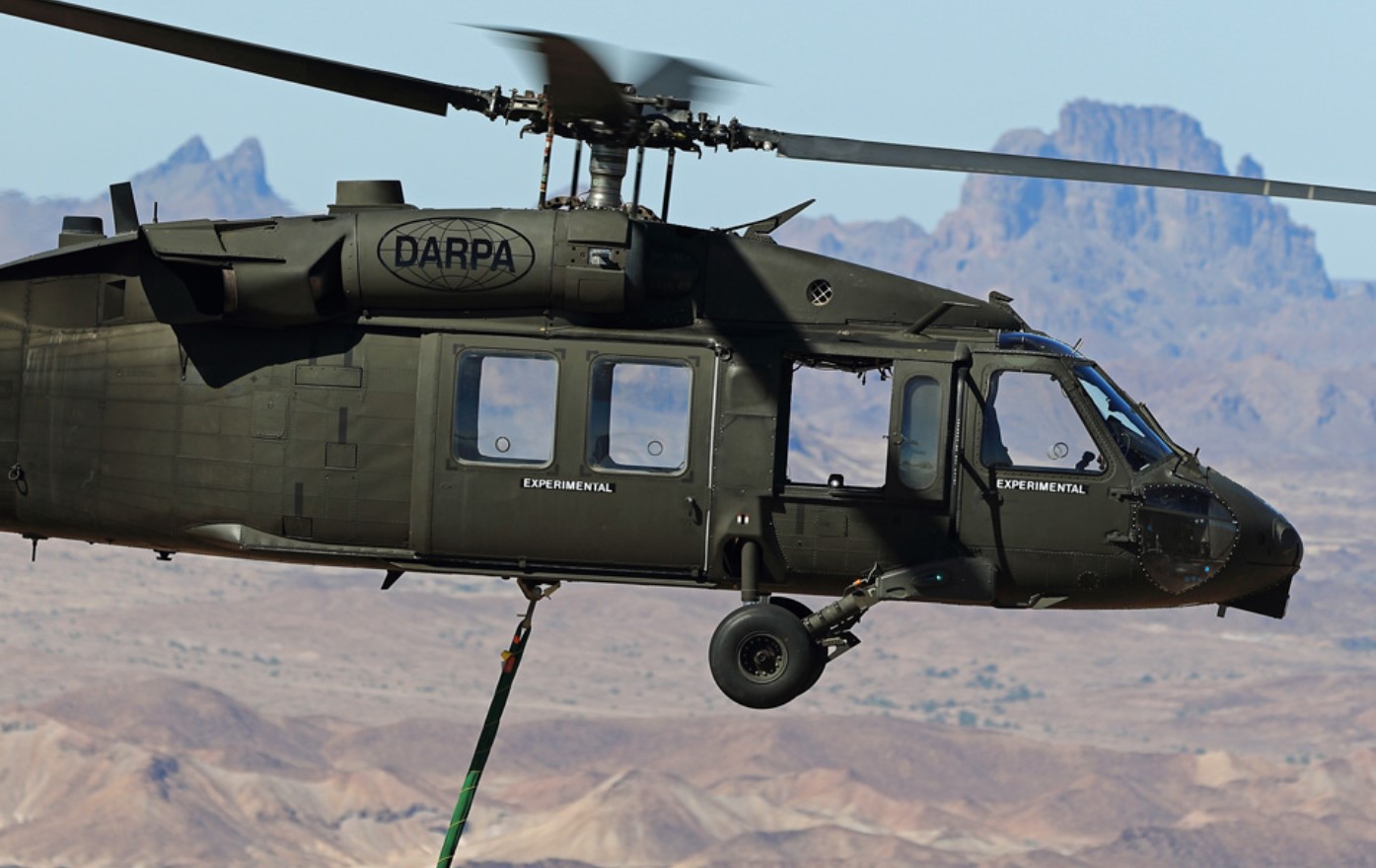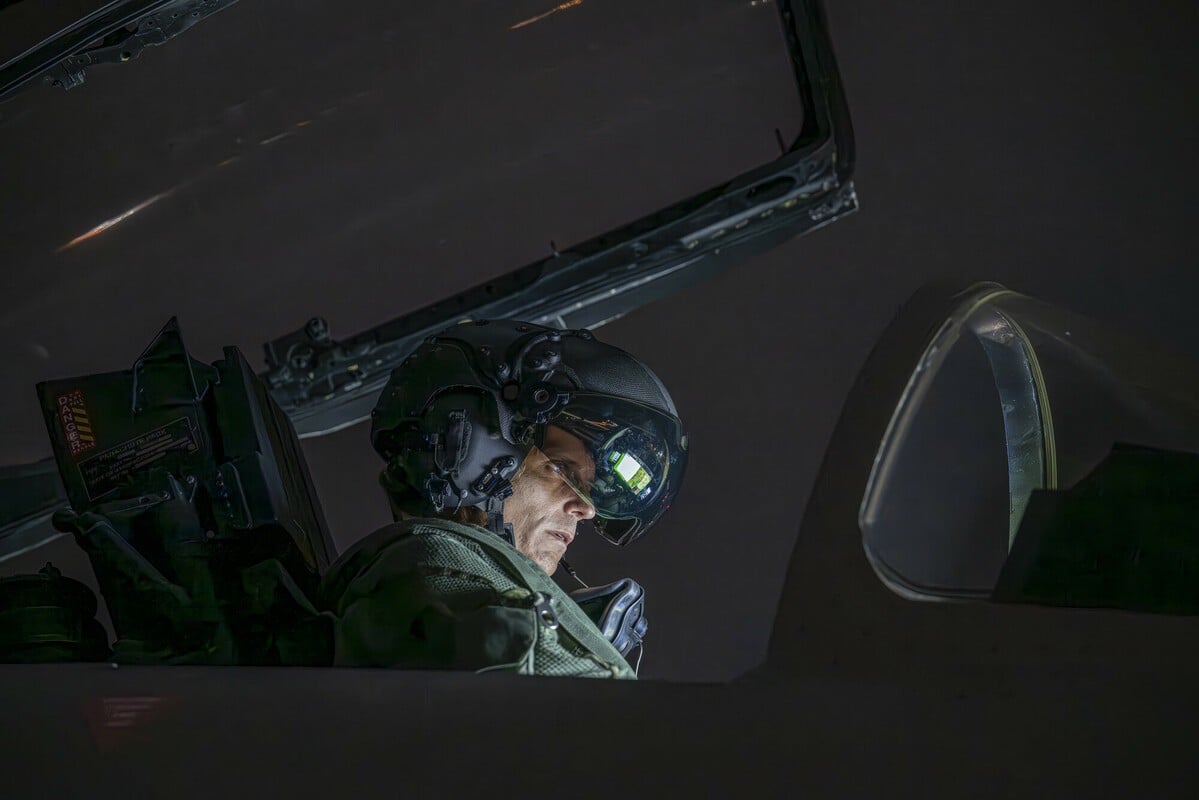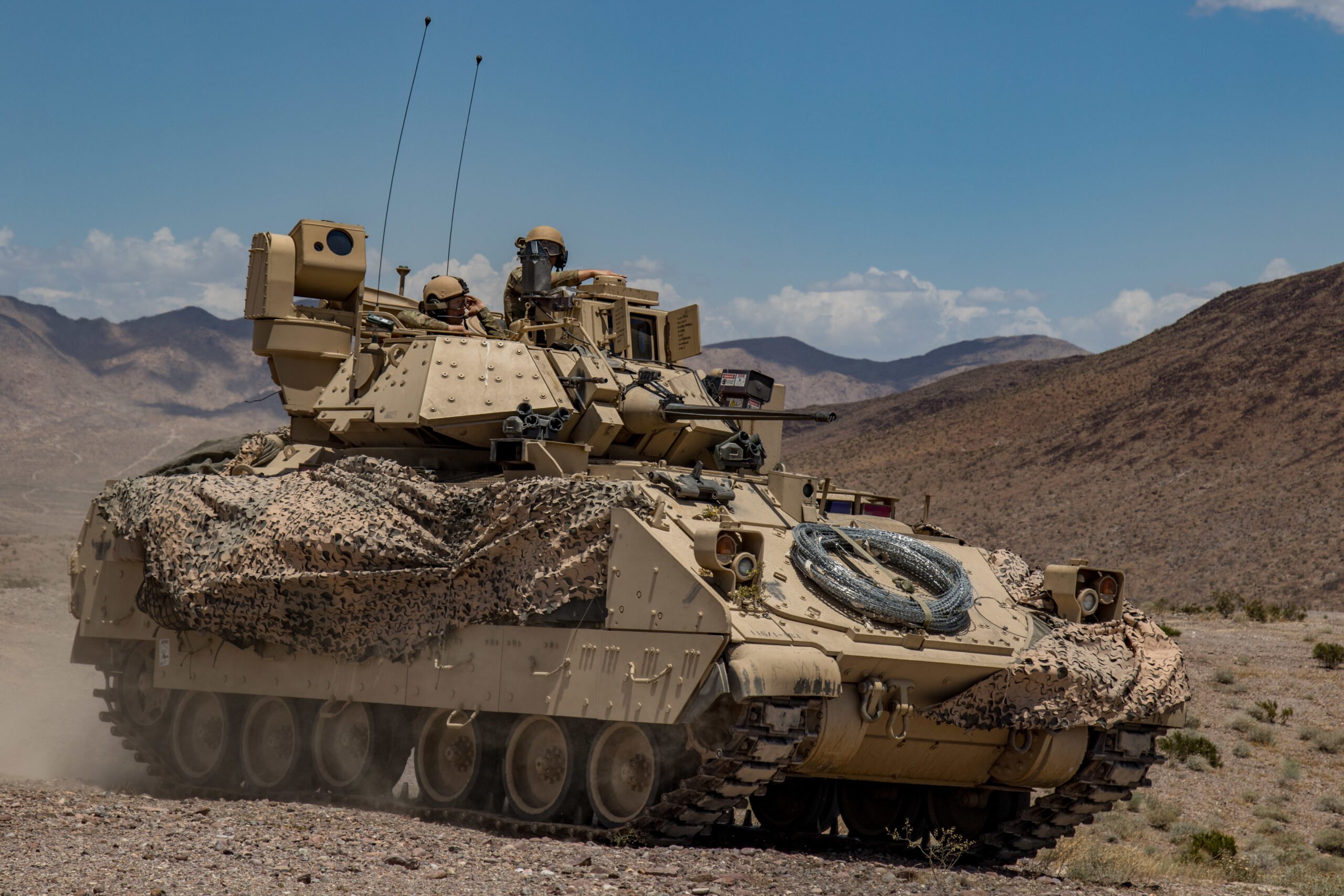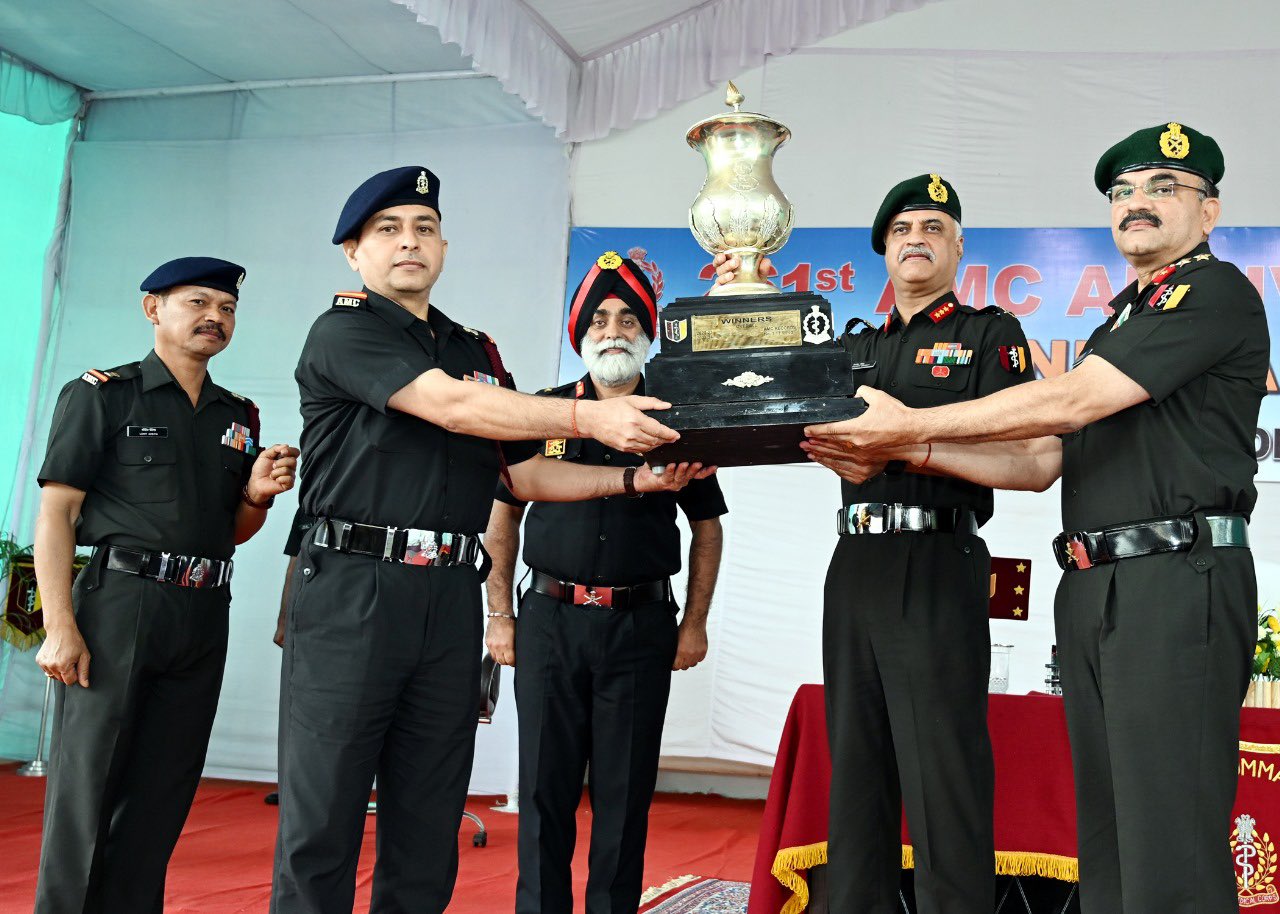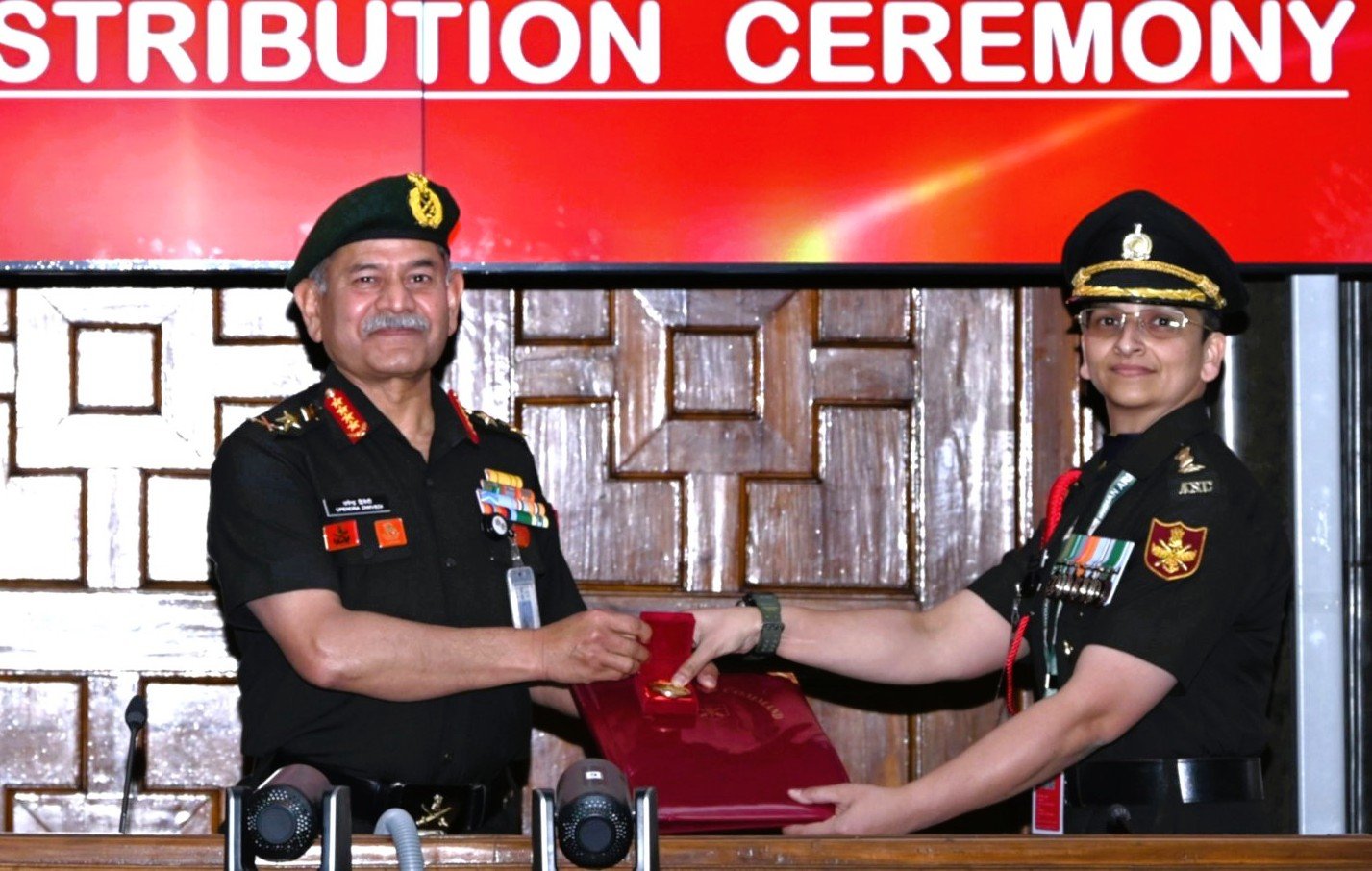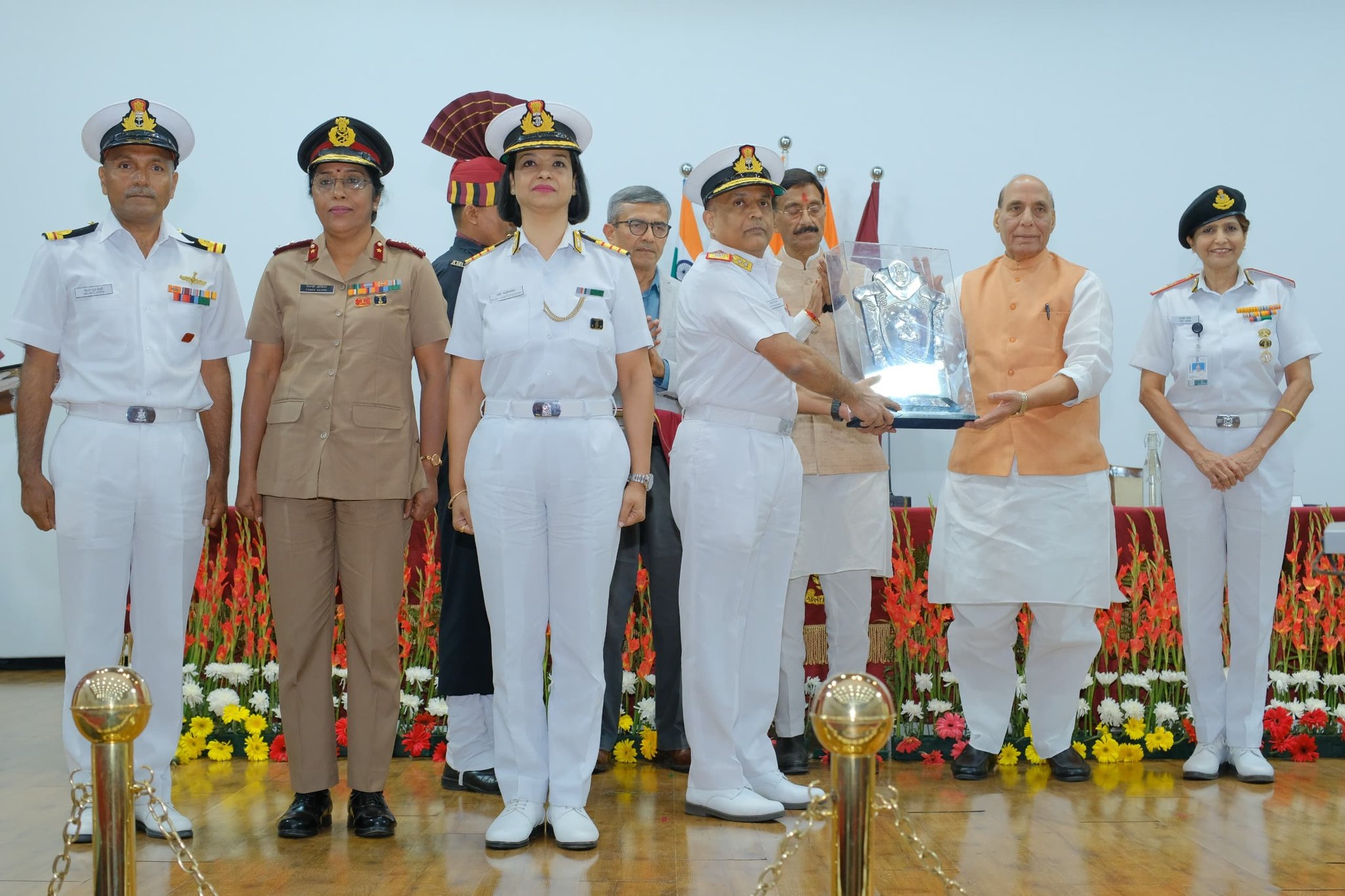PARIS — NATO countries are increasingly exploring new naval strategies that integrate sea drones designed to deter adversaries in maritime regions. This initiative aligns closely with Ukraine’s recent successes in deploying similar unmanned systems against Russian naval forces. The cooperative effort involves the Joint Capability Group for Maritime Unmanned Systems, known as JCGMUS, which was established after the NATO summit in Brussels in 2018. This group includes more than a dozen nations, comprised of full members, partners, and observers committed to enhancing maritime security through advanced technologies.
Each September, NATO allies participate in one of the largest annual exercises for naval unmanned systems, known as the REPMUS drill, in collaboration with the Portuguese Navy. This exercise aims to promote the testing and integration of drone technologies among member nations. In 2025, the focus of REPMUS will shift to adopting novel approaches to maritime denial tactics, specifically targeting the limitation of adversary movements in sea operations. Craig Sawyer, the chair of JCGMUS, highlighted this shift in strategy during a panel discussion at the Euronaval defense exhibition held recently.
The new maritime strategies being developed reflect key lessons learned from the ongoing conflict in Ukraine, where the Ukrainian Navy effectively employed unmanned surface vessels to establish a defensive perimeter against Russian forces. These vessels have demonstrated their capabilities by engaging directly with enemy ships, showcasing the potential of unmanned systems in modern naval warfare.
Additionally, Sawyer outlined plans for the upcoming drill, which include a demonstrator project for an anti-submarine warfare (ASW) barrier. Initiated in 2020 and spearheaded by the United Kingdom, this project aims to design a technical demonstrator that integrates both traditional and modern maritime uncrewed systems. This effort seeks to enhance the collective anti-submarine warfare capabilities of allied forces and involves collaboration with twelve other countries, including Italy, Canada, France, Germany, Spain, the U.S., Portugal, Denmark, the Netherlands, Norway, Sweden, and Australia.
The increasing reliance on drone technology, evidenced by its extensive use in Ukraine, has prompted many nations to ramp up their investments in unmanned systems. Countries are actively launching national tenders to obtain new platforms, recognizing the importance of these technologies in contemporary military operations. However, Sawyer cautioned against individual nations pursuing the development of these systems in isolation, emphasizing the need for coordinated efforts to maximize their effectiveness and interoperability within NATO’s framework.

